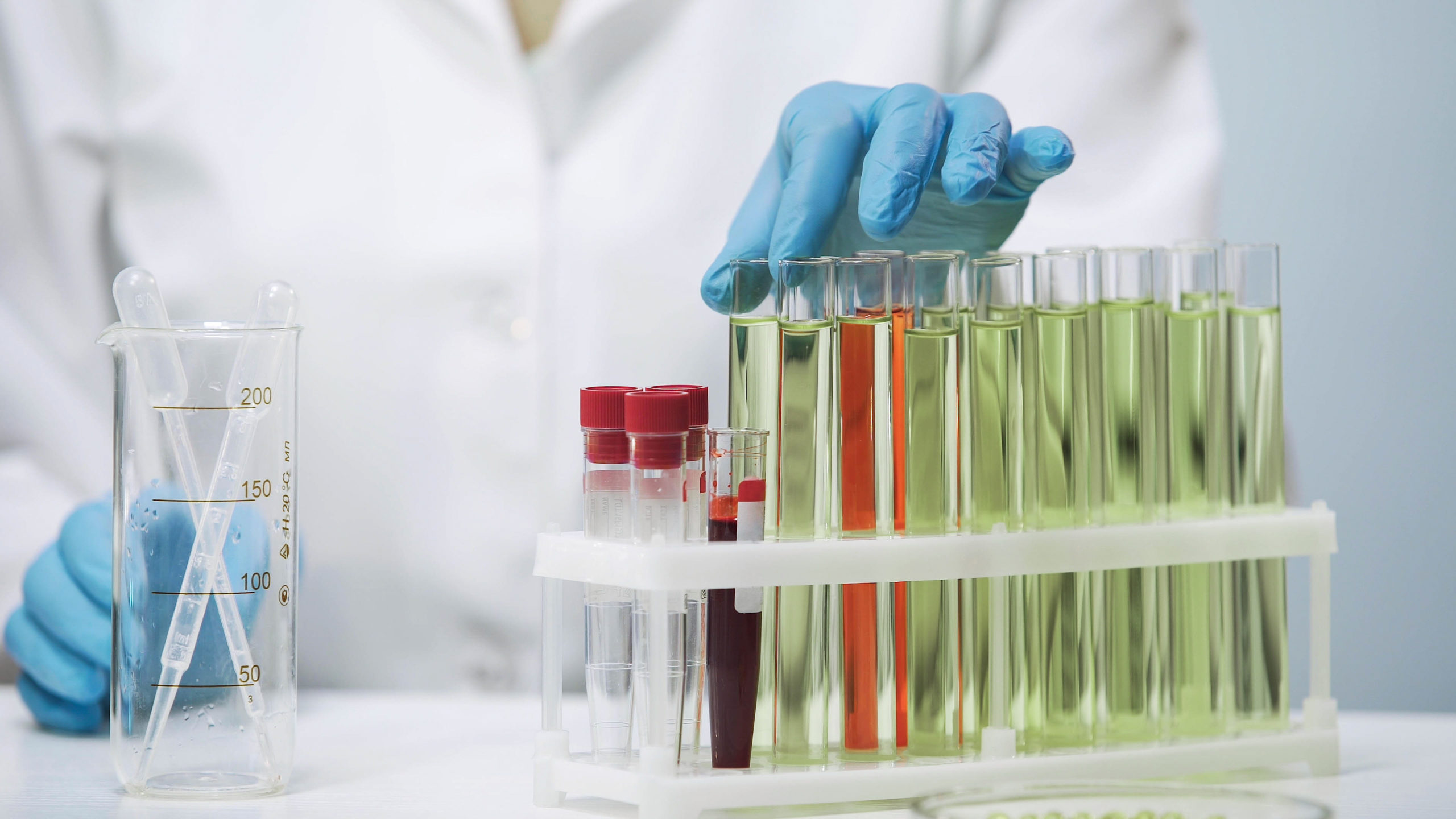Fatigue can feel like you’re wading through thick mud. You’ve probably tried energy drinks or extra coffee, but have you considered your NAD+ levels? They’re the hidden key to unlocking sustainable energy within your body. Dive into this article to explore how boosting NAD+ could combat fatigue and revitalize your energy levels scientifically. Let’s unravel this biological mystery together!
Understanding the Role of NAD+ in the Body
Let’s delve into how NAD+ works in our bodies and why it’s crucial for combating fatigue. You see, NAD+ (Nicotinamide adenine dinucleotide) is a coenzyme found in all living cells. It plays a vital role in energy metabolism by transferring electrons from one molecule to another during respiration – the process that converts food into energy.
However, as we age, levels of this essential coenzyme start to decline. This is where cellular aging kicks in and you begin feeling tired more often than not. Scientific research has actually shown that boosting NAD+ levels can potentially reverse aspects of aging at the cellular level.

The key player here is NAD+ metabolism, which involves various biochemical reactions that produce, consume and recycle NAD+. In fact, your cells constantly undergo these processes to maintain optimal levels of this coenzyme. But when the balance gets disrupted due to factors like stress or poor diet, fatigue sets in.
Intriguingly enough, recent studies suggest supplementing with precursors (compounds that help form other compounds) of NAD+, such as nicotinamide riboside (NR), could enhance its production and alleviate fatigue symptoms associated with cellular aging.
The Correlation Between NAD+ and Energy Levels
You’re probably wondering how this coenzyme could be linked to your energy levels. NAD+ plays a crucial role in energy metabolism, acting as an essential cofactor for numerous enzymes involved in the conversion of food into ATP, the primary source of cellular energy.
* The relationship between NAD+ and Energy Metabolism:
* NAD+ is integral to oxidative phosphorylation, the process where cells create ATP.
* In this pathway, electrons are transferred from NADH, a reduced form of NAD+, to oxygen through a series of protein complexes. This electron transfer drives proton pumping across the inner mitochondrial membrane, creating a gradient that powers ATP synthesis.
* Additionally, with advancing age or under conditions of metabolic stress, intracellular levels of NAD+ decline.
* This can impair mitochondrial function and consequently lead to decreased energy production.
NAD+ supplementation can potentially restore these dwindling levels. Studies have demonstrated that supplementing with precursors such as NMN or NR boosts cellular concentrations of NAD+. As such, there’s growing interest in using these supplements to combat fatigue and improve overall vitality by enhancing energy metabolism. Still remember though-while promising, further research is needed to fully elucidate this potential therapeutic strategy’s efficacy and safety profile.
Potential Benefits of NAD+ in Addressing Fatigue
Boosting energy levels and tackling tiredness are key benefits that might be achieved through supplementing with NAD+ precursors. Research suggests that NAD+ Supplementation could potentially be a game-changer in fatigue diagnosis, offering a promising treatment pathway.
NAD+, or nicotinamide adenine dinucleotide, is pivotal in cellular respiration – the process by which cells generate energy. It acts as an essential coenzyme in redox reactions, aiding in the conversion of nutrients into ATP (Adenosine Triphosphate), the primary energy currency of your cells.
When you’re fatigued, it’s often due to insufficient ATP production. In such cases, increasing NAD+ levels through supplementation can boost ATP synthesis. Indeed, studies have shown a positive correlation between elevated intracellular NAD+ concentrations and increased cellular energy production.
However, it’s not just about sheer quantity; maintaining optimal NAD+/NADH ratio is crucial for efficient mitochondrial function and overall cell health. This balance may become skewed with age or under certain physical conditions leading to fatigue.
Scientific Research Supporting NAD+ for Fatigue Relief
There’s a growing body of scientific evidence supporting the use of nicotinamide adenine dinucleotide precursors for relieving persistent tiredness. Research indicates that NAD+ supplementation dosage can effectively combat fatigue, by improving cellular energy production and mitochondrial function.
Evidence from scientific studies points towards two primary mechanisms:
* Enhancement of cellular metabolism
* NAD+ plays a key role in regulating energy metabolism, which is often impaired in conditions associated with chronic fatigue.
* Higher levels of NAD+ can enhance ATP production, providing your cells with more energy.
* Amelioration of mitochondrial dysfunction
* Mitochondrial dysfunction is a common feature in chronic fatigue syndrome (CFS), leading to decreased ATP synthesis and increased oxidative stress.
* Supplementation with NAD+ precursors has been shown to improve mitochondrial function and reduce oxidative stress.
The effectiveness of these mechanisms is quantified using various fatigue measurement methods. These include subjective self-report scales like the Fatigue Severity Scale (FSS), as well as objective measures such as actigraphy. The precise dosage required may vary between individuals, but research suggests that regular supplementation at appropriate doses can significantly alleviate feelings of tiredness.
Practical Ways to Boost NAD+ Levels for Energy
Incorporating certain dietary changes and supplements into your daily routine can effectively increase energy levels. Among these, NAD+ Supplements play a pivotal role. They work by replenishing the body’s reserves of Nicotinamide Adenine Dinucleotide (NAD+), a coenzyme influential in several biological processes such as metabolizing nutrients into energy.
| Lifestyle Changes | How it Boosts NAD+ Levels |
| Regular Exercise | Stimulates NAD+ biosynthesis through sirtuin activity |
| Caloric Restriction | Enhances the expression of NAMPT, a critical enzyme in the NAD+ salvage pathway |
| Quality sleep | Prevents depletion of cellular NAD+, helping maintain optimal levels |
The above modifications are scientifically proven to support your body’s natural production of this crucial molecule. A consistent workout regimen, for instance, has been found to induce biochemical adaptations that stimulate SIRT1 activity-a protein deacetylase reliant on NAD+. Similarly, adhering to a balanced diet with reduced caloric intake can enhance the expression of Nicotinamide phosphoribosyltransferase (NAMPT), an enzyme key to salvaging and recycling NAD+. Lastly, proper sleep hygiene prevents unnecessary expenditure of cellular resources including depletion of NAD+. Remember though; while lifestyle alterations provide significant benefits, they’re still complementary to any regimen involving direct supplementation with quality-tested NAD+ products.

Frequently Asked Questions
Are There Any Side Effects Associated With Increasing Nad+ Levels in the Body?
Yes, there are potential NAD+ safety concerns. Long term use could lead to nausea, fatigue, headaches and indigestion. It’s important you’re aware of these possible side effects before increasing your NAD+ levels.
Can Nad+ Supplementation Interact With Any Medications or Other Dietary Supplements?
You should always consult your doctor before starting NAD+ supplements, as they can interact with certain medications or other dietary supplements. It’s crucial to check for potential NAD+ allergies and supplement compatibility issues.
Is There a Recommended Dosage for Nad+ to Combat Fatigue?
There’s no universally recommended dosage for NAD+ to reduce fatigue. Its absorption efficiency varies between individuals. However, studies suggest that regular exercise can improve NAD+ effectiveness in enhancing performance and reducing fatigue.
Are There Any Specific Foods That Are Rich in Nad+?
You won’t find foods rich in NAD+ itself, but many, particularly in a vegan diet like mushrooms and yeast, provide precursors. Cooking methods preserving NAD+ include steaming or eating these foods raw.
Can Nad+ Levels Be Tested, and if So, How Often Should This Test Be Done?
Yes, you can test NAD+ levels through blood tests. If you’re experiencing NAD+ deficiency symptoms, it’s wise to get tested annually or as recommended by your healthcare provider.
